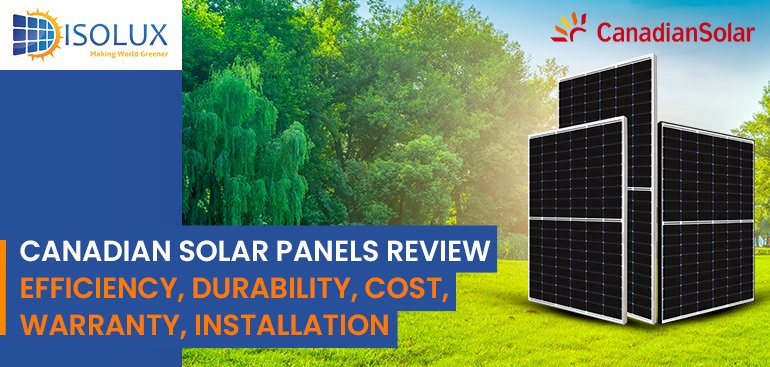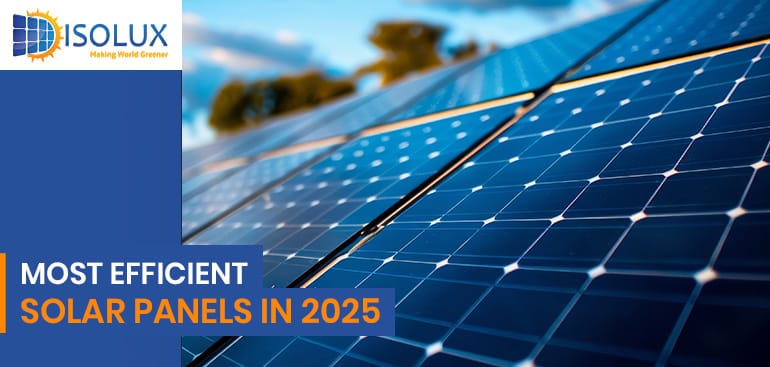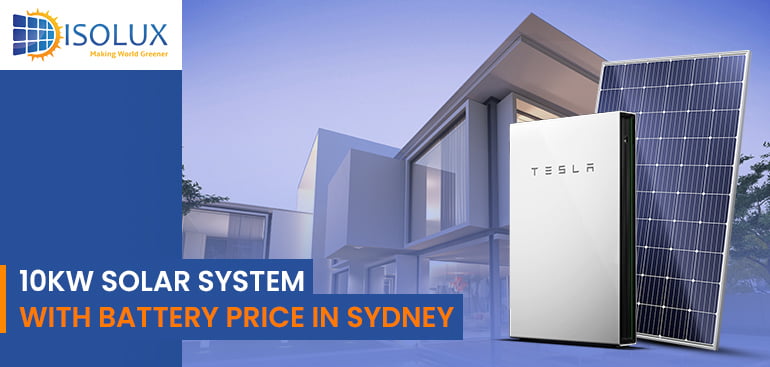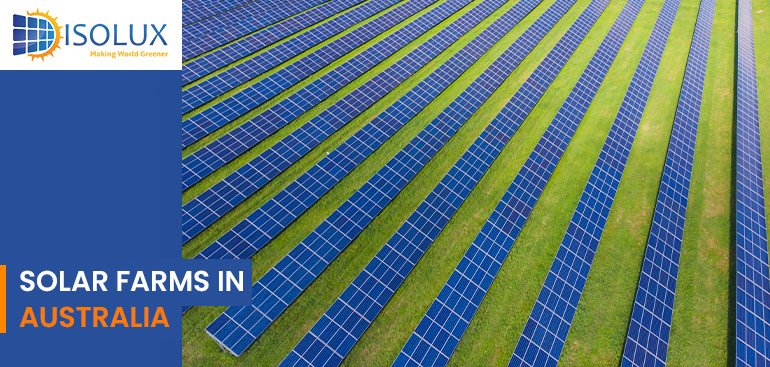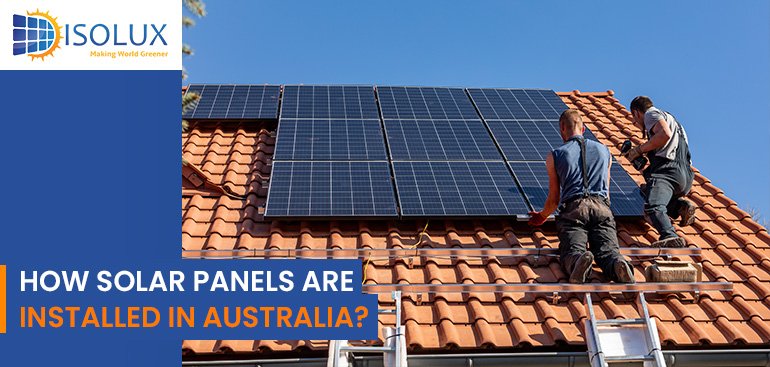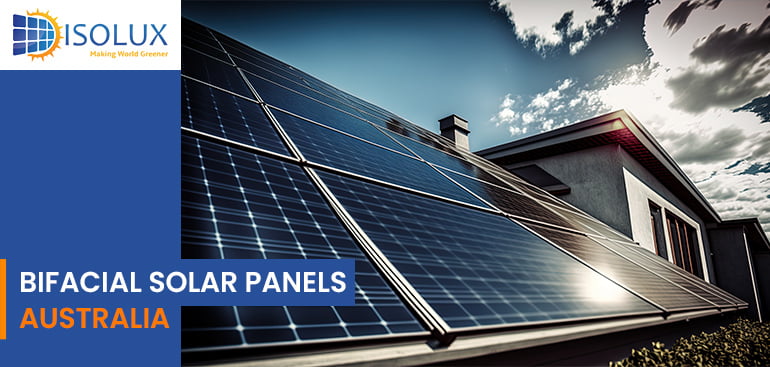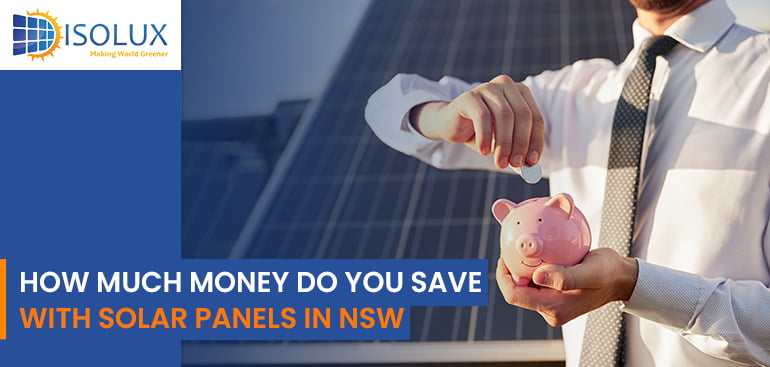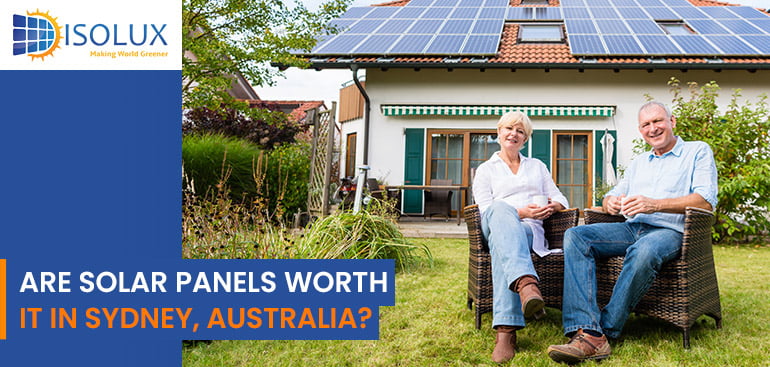Solar panels have become popular for generating clean and renewable energy, offering numerous benefits to homeowners and businesses. However, like any technology, solar systems can encounter issues that affect their performance. Understanding common problems and knowing how to troubleshoot them is essential to ensure your solar system operates efficiently. In this detailed guide, we will explore the most prevalent solar panel problems and offer solutions to address them effectively.
When choosing solar panels for your home or business, it’s essential to consider factors such as efficiency, durability, cost, warranty, and installation. we’ll look at TW Solar panels and evaluate their performance, in this comprehensive guide.
Canadian Solar is one of the world’s largest solar panel manufacturers, known for producing high-quality, reliable, and cost-effective solar panels. Founded in 2001 in Canada, the company has since expanded its operations globally and is now a leading player in the solar industry. This comprehensive review will examine Canadian Solar panels’ efficiency, durability, cost, warranty, and installation process.
Solar panel efficiency refers to the amount of sunlight (irradiance) that falls on the surface of a solar panel and is converted into electricity. Due to technological advancements, the average panel conversion efficiency has increased from around 15% to over 23% in recent years. This significant jump in efficiency has resulted in higher power ratings for standard-size panels, with some models now achieving over 440W.
In the heart of Sydney, where the sun generously provides energy year-round, the shift towards renewable sources is more than a trend—it’s essential. Among green energy options, solar power stands out for its simplicity, efficiency, and sustainability. Let’s explore the 10kW solar system, perfect for mid-to-large-sized homes and small businesses in Sydney, offering high energy production and significant savings.
Australia’s vast landscapes and abundant sunshine make it an ideal location for solar farms, a key player in the nation’s journey towards renewable energy. As climate change concerns mount and the global community shifts towards sustainable energy solutions, solar farms are becoming increasingly crucial. This blog explores the concept of solar farms, their workings, costs, and power production capabilities, spotlighting Australia’s largest solar farms.
Solar panel installation is gaining momentum as more people turn to renewable energy sources. Among the various options available, solar power stands out as a popular and sustainable choice for many homeowners and businesses. Solar panels, devices that convert sunlight into electricity, offer a way to reduce electricity bills and contribute to a greener environment. This guide provides a detailed overview of the solar panel installation process, ensuring you know what to expect when you decide to harness the power of the sun. Among the various options available, solar power stands out as a popular and sustainable choice for many homeowners and businesses. Solar panels, devices that convert sunlight into electricity, offer a way to reduce electricity bills and contribute to a greener environment. This guide provides a detailed overview of the solar panel installation process, ensuring you know what to expect when you decide to harness the power of the sun.
Bifacial solar panels are a revolutionary advancement in solar technology. Unlike traditional monofacial solar panels that only capture sunlight on one side, bifacial panels are designed to harness solar energy from both sides. This unique feature allows them to absorb direct sunlight on the front side and reflect sunlight from the rear side. This dual-sided design significantly increases their energy harvesting capability.
The savings you can expect from installing solar panels in New South Wales (NSW) in 2024 depend on various factors including the size of the solar system, the available rebates, and energy usage patterns.
In Sydney Australia, solar panels are generally considered a worthwhile investment. The country’s abundant sunshine and government incentives contribute to the attractiveness of solar energy. The decision to invest in solar panels depends on factors like local climate, energy consumption patterns, and the availability of government rebates. Homeowners can typically expect reduced electricity bills and an increase in property value.



